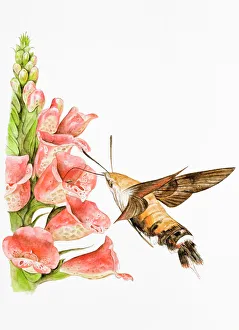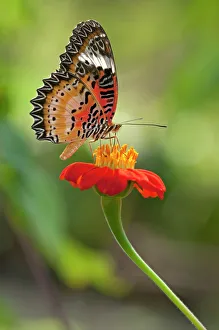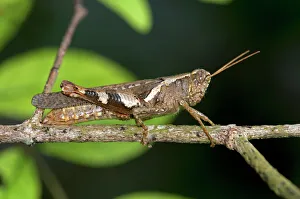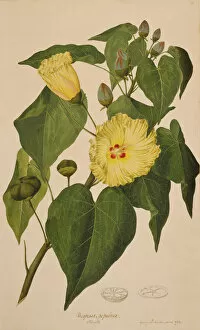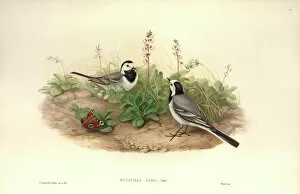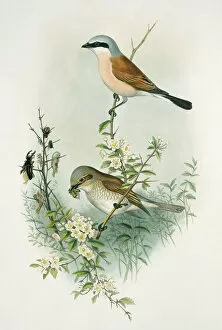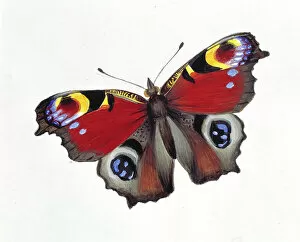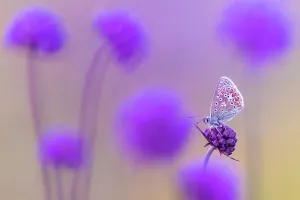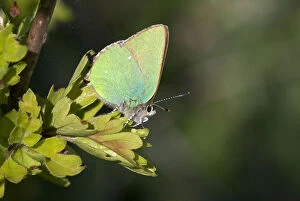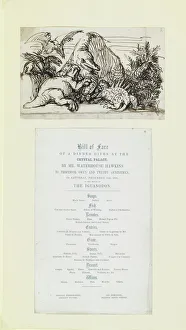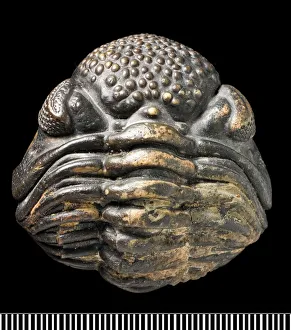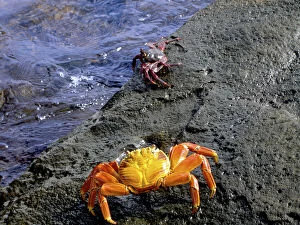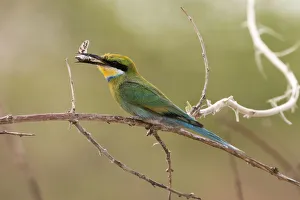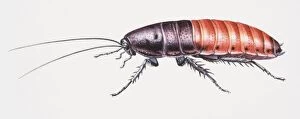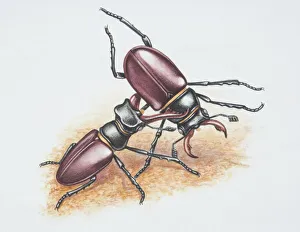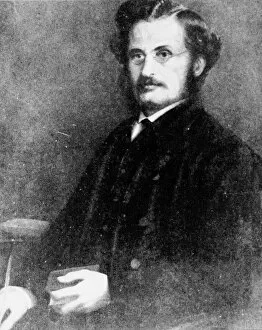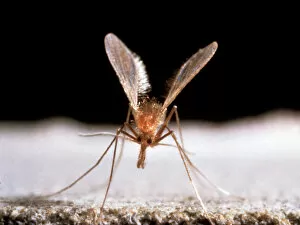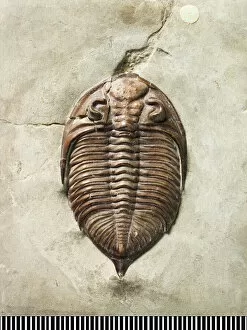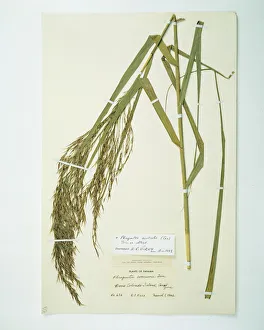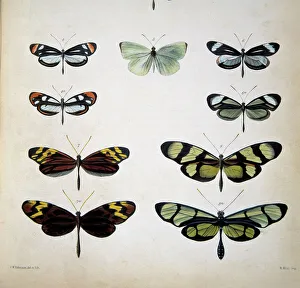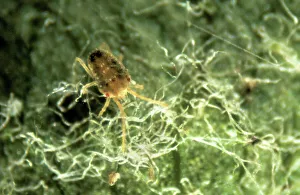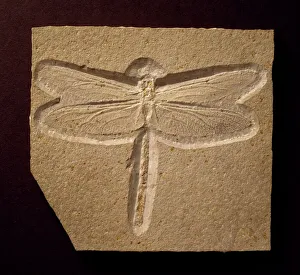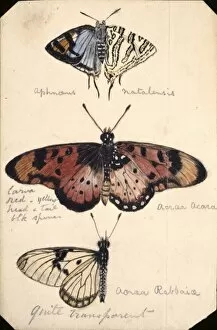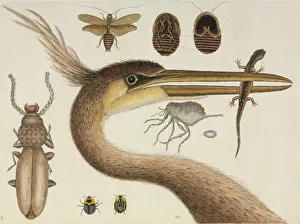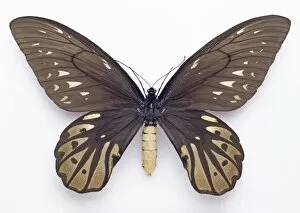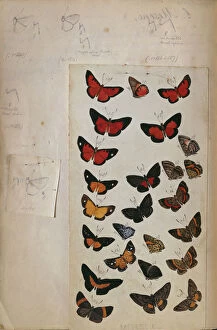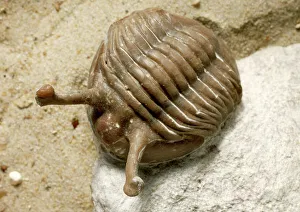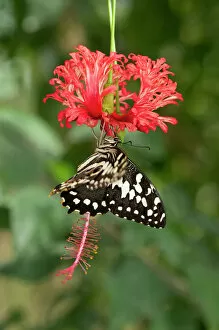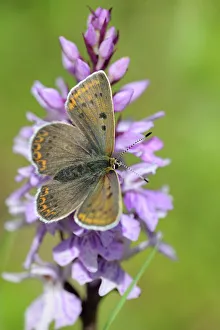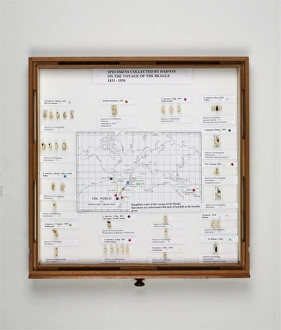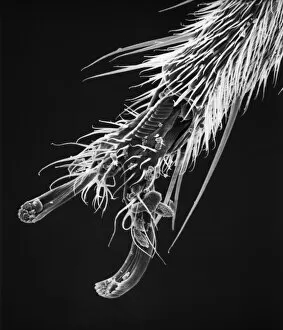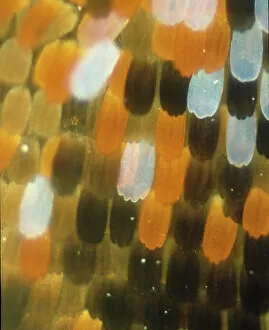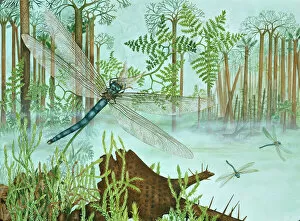Arthropoda Collection (page 3)
Arthropoda, the fascinating world of insects and arachnids, never ceases to amaze us with its incredible diversity
All Professionally Made to Order for Quick Shipping
Arthropoda, the fascinating world of insects and arachnids, never ceases to amaze us with its incredible diversity. From the majestic Ornithoptera alexandrae, also known as Queen Alexandra's birdwing butterfly, to the mysterious Acherontia atropos or death's-head hawk-moth, these creatures captivate our imagination. Among them are the hardworking honey bees (Apis mellifera), whose intricate honeycomb and life cycle leave us in awe. With an expanded cross-section and insets revealing their complex society, we gain a deeper understanding of their remarkable organization. Delving further into their internal anatomy through a cross-section view of a Honey Bee (Apis mellifera), we uncover the intricacies that make these tiny creatures so efficient in pollination and honey production. Entomology specimens offer us glimpses into various insect species found in Surinam. Each specimen tells a unique story about its habitat and behavior, reminding us of nature's endless wonders. Observing a Red Admiral (Vanessa atalanta) sunbathing on a plant brings forth feelings of tranquility as we witness this beautiful butterfly basking in sunlight. Similarly enchanting is the sight of Common blue butterflies (Polyommatus icarus) gracefully soaking up morning light at Vealand Farm in Devon, UK. The Chrysina limbata or silver chafer beetle showcases its shimmering exoskeleton while Inachis io or peacock butterfly displays vibrant colors reminiscent of its namesake. The sea green swallowtail butterfly mesmerizes with its delicate wings fluttering against azure skies. Meanwhile, Phoebis sennae presents itself as a cloudless sulphur butterfly spreading joy wherever it goes. Arthropoda encompasses an astonishing array of species that continue to inspire scientists and nature enthusiasts alike. Whether studying their biology or simply admiring their beauty, these captivating creatures remind us how intricate and diverse our world truly is.

